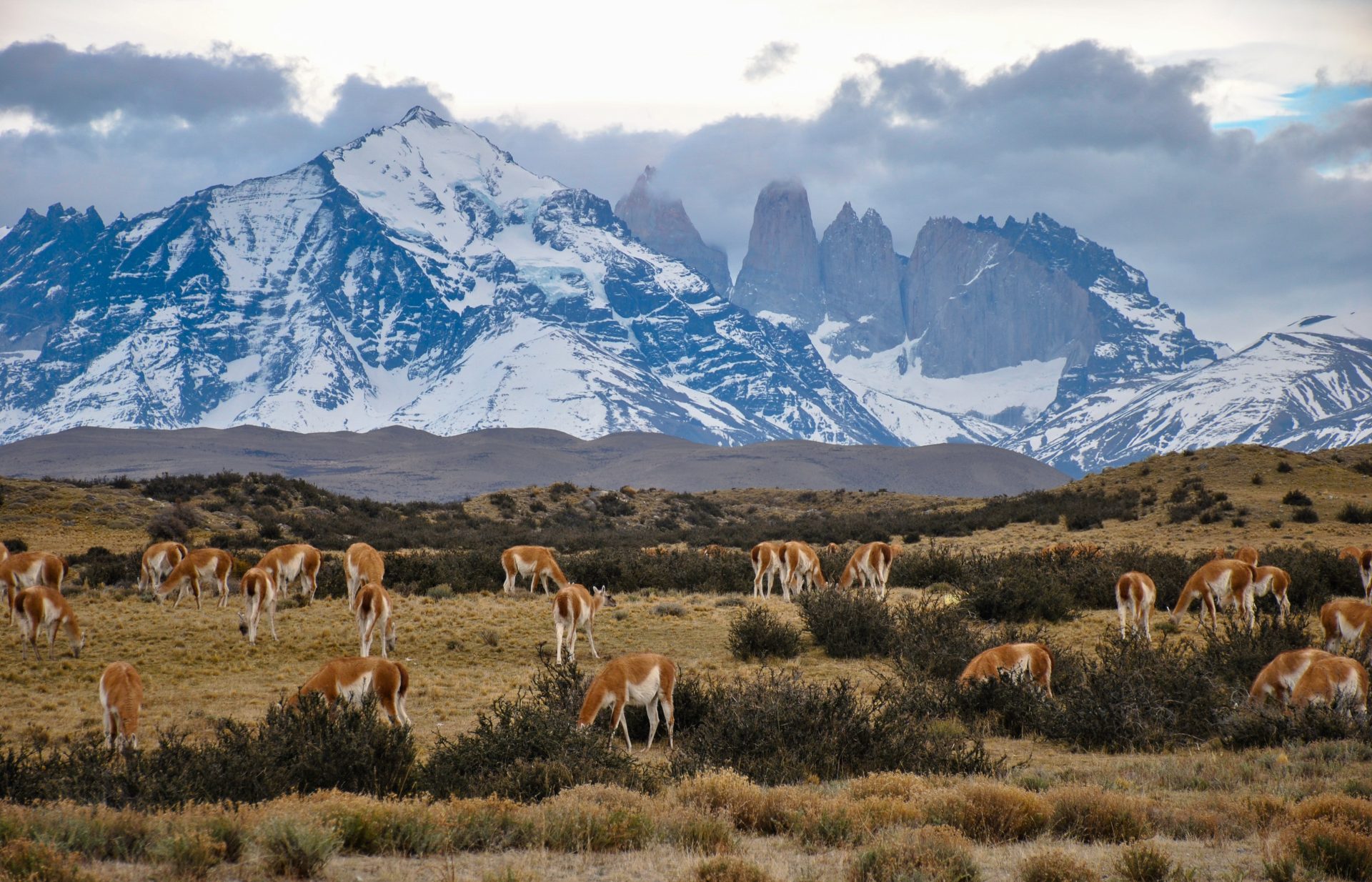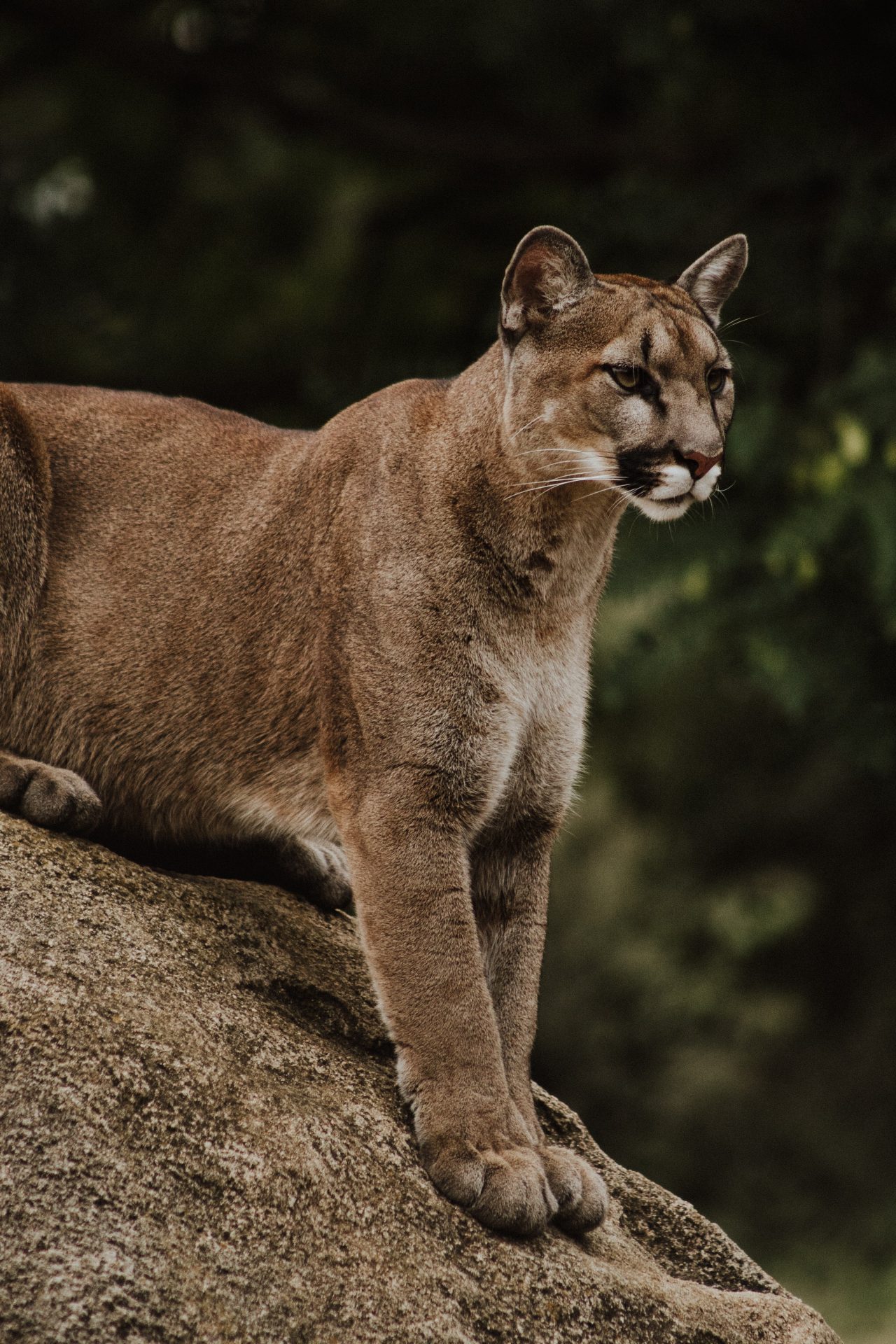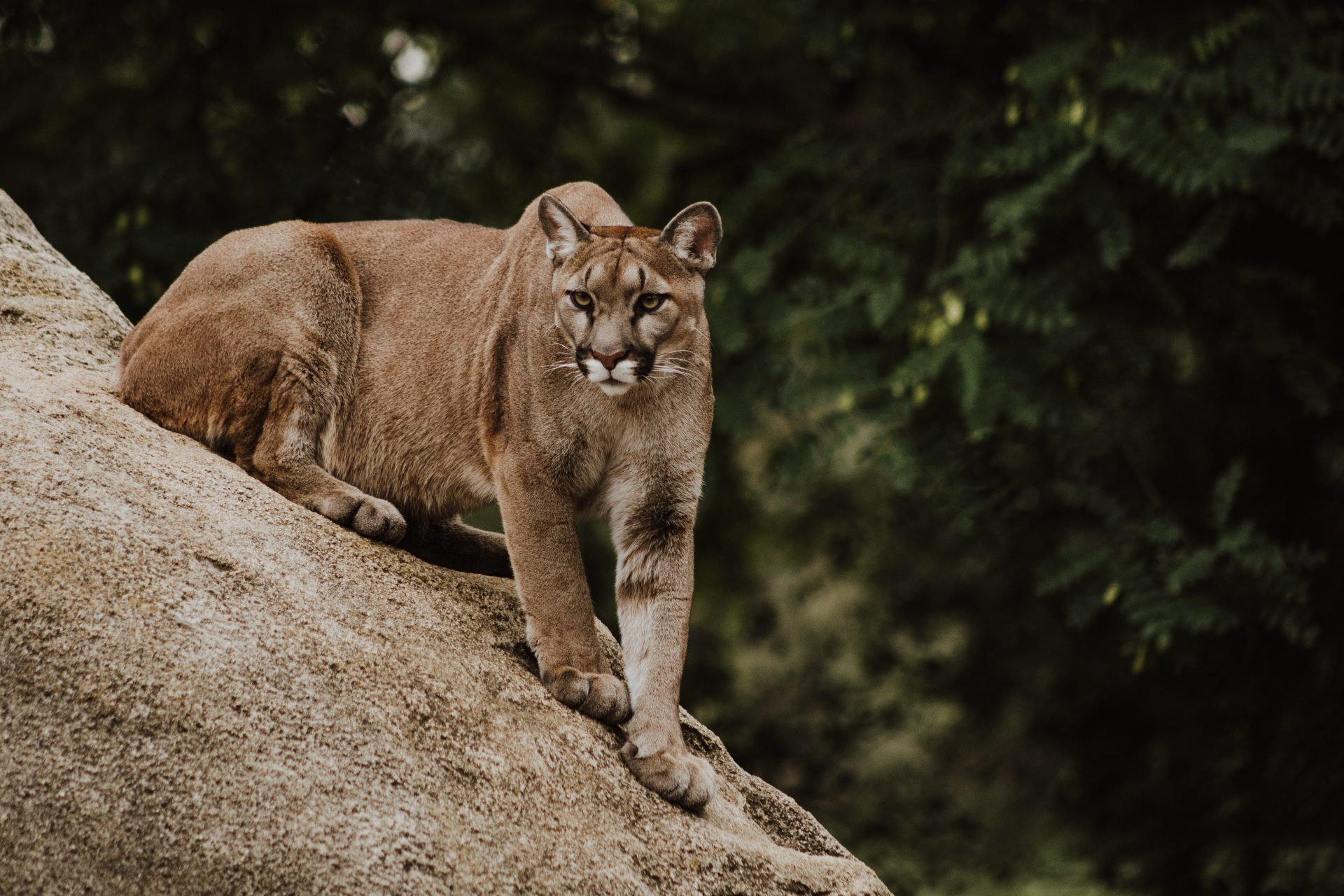
While you’ll be surely thrilled by the soaring towers and serrated massifs of Torres del Paine, the rich and varied wildlife of this spectacular national park comes as a surprise. Undoubtedly the most sought-after sighting is of the Andean mountain lion or puma. They are well camouflaged against the tawny steppes and rocky outcrops, so to spot them in a typically short visit to the park requires skill and patience.
But your chances are good here, as you are guided by an experienced tracker familiar with their habitat and movements. This guided experience gives priority to finding and photographing a puma or two while you enjoy the splendour of the national park’s landscapes. You’ll venture out in small groups with your trackers and spend much of the day in pursuit of a glimpse of these graceful creatures – not guaranteed, but in such a gorgeous place it’s a worthwhile activity in any event.
The Patagonian Puma cat is one of the most famous residents of the Torres del Paine National Park, and its presence is key to keeping the ecosystem in balance. Here are some of the characteristics of the largest cat in Chile.
The Patagonian puma provokes a lot of interest among tourists who visit Torres del Paine. They are certainly not easy to spot, despite being the largest cat species in Chile. This is due to its exceptional camoflauge skills as well as staying away from curious humans.

However, while we can’t always see them at first sight, we know that they are around hiding. The guides at Tierra Patagonia are very familiar with pumas and with their knowledge and experience, are known for being able to help visitors get a privileged and lucky view of a puma in action.
Along with the help of Tierra’s guides, it is important to learn a bit more about this beautiful animal before going to search for it. So here are a few things about the Puma that you may not know:
The Puma ranks highest on the Patagonian food chain, with guanacos being its main prey and its presence is essential in order to maintain a balanced ecosystem.
The Puma provides food for scavengers such as the condor and controls the population of the animals it hunts.
The puma is the fourth largest cat in the world, after the lion, tiger and jaguar.
The puma does not roar, but rather purrs much like a regular house cat.
The puma is one of the most extensive species on the continent, inhabiting mostly mountainous zones, from Canada all the way down to Magallanes. This type of geography, such as is found in the Torres del Paine National Park, is perfect for pumas as it provides them shelter between rocks and boulders to hide behind while hunting.
Although the Patagonia Puma cat is the largest in Chile, on a global level it is considered a small sized cat. Male pumas can weigh anywhere from 68 up to 100 kilos, while females tend to weigh over 45 kilos. Length-wise, they can measure between 1.5 to 2.7 meters long, from the head to the end of the tail.
Pumas normally live a solitary life. Until recently, pumas were believed to interact only to mate, however, new research has shown increased tolerance between adult pumas, having observed them sharing their kills and carrying out more of a familial lifestyle than originally thought.
Puma fur is a reddish-grey tone with lighter areas on the lower body, and with a black point on the tail. This appearance comes in handy for stealthily stalking its prey. The puma’s camoflauge allows it to blend in with the rocks and shrubs on the Patagonian pampa.

The puma has a slim body unlike all other big cats. They are very similar to a house cat, but on a much larger scale.
The life expectancy of the Patagonian puma is approximately 10 years.
Pumas can begin to reproduce from 2 to 3 years old, and normally have 2 or 3 cubs at a time.
It is estimated that there are 50 to 100 pumas within the Torres del Paine National Park and today, its conservation status is classified as “vulnerable”.
So if you visit the Torres Del Paine Park, be sure to stay very alert and keep your eyes open. If you’re lucky, you might just spot a sly Patagonian puma cat. It is undoubtedly, one of the most spectacular animals in the Southern hemisphere but remember having a guide is paramount and something we arrange at Wildlife Escapes.



